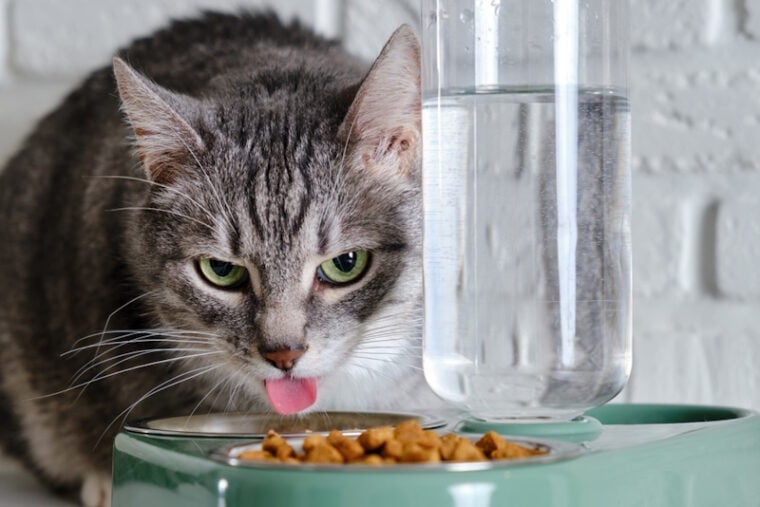
Fiber is considered an essential part of a cat’s diet, but few of us understand its role, let alone know how much soluble and insoluble fiber is required per day.
Read on for more information on the role fiber plays in the feline diet, as well as how much you should be giving, and some healthy sources that you can add to your cat’s daily intake.
What Does Fiber Do?
Fiber is a type of carbohydrate. Although, and because, the body is unable to digest fiber, it is considered essential to cats, just as it is to humans. Primarily, it is used by the body to regulate blood sugar levels. And, because it doesn’t get broken down into sugar molecules, it helps your cat feel fuller without putting on weight.
There are, in fact, two types of dietary fiber, both of which are advantageous and important for your cat’s nutrition.
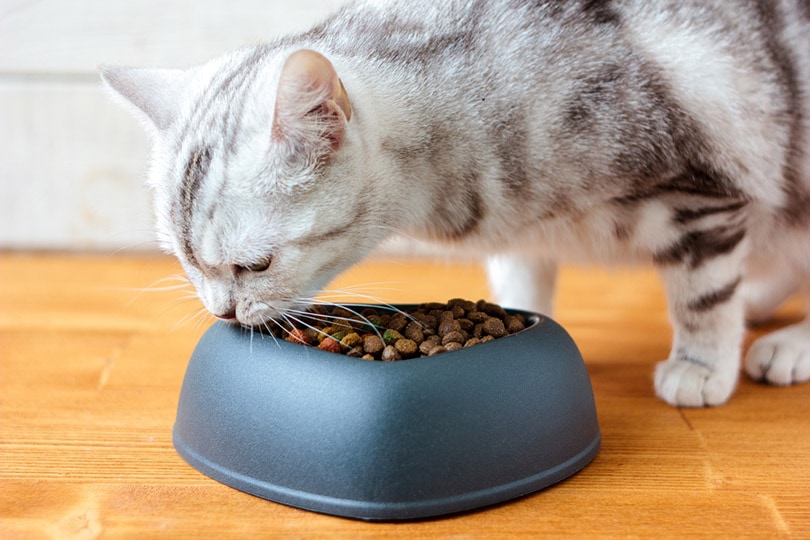
How Much Fiber Should a Cat Get?
Before we discuss daily fiber requirements, it is important to note that you should not increase a cat’s fiber intake too quickly. This can cause digestive upset because it leads to stools being too loose and too watery. This causes diarrhea and stomach pain, and it may mean that your cat is not getting all of the other nutritional benefits from their food.
Increase levels gradually, and always ensure that you meet the daily requirements. It is also worth noting that you should follow your vet’s advice if this differs from the recommended daily allowance. Recommended daily figures are based on healthy adult cats and do not take into account factors such as weight, activity levels, existing health complaints, or even the breed of your cat.
Experts recommend that cat food should contain between 2% and 8% fiber but never more than 10%. Check the label of your cat food, and if your cat is constipated, you can increase your cat’s fiber intake by adding some of the foods we list below, but do ensure that the figure does not go above 10% of the total food that they eat.
If you are making your own cat food as part of a natural or raw diet, this means first determining how much food you are giving your cat, per day, and then ensuring that is getting enough protein, fat, hydration, and fiber.
Many factors determine the amount of food you give a cat. Your cat’s age, weight, and activity levels, as well as the quality of ingredients and amount of food you feed, will ultimately determine its overall makeup. Therefore, it is impossible to give a precise weight of fiber to feed per day, and it does require some research and calculation on your part.
The 6 Sources of Fiber for Your Cat
Cats are indeed obligate carnivores, which means that pretty much all their dietary needs should be met by eating meat and meat-based foods. However, even in the wild, they would eat the whole animal. This includes elements like the fur and hair of the animal, as well as its stomach contents: all of which contain fiber. Unless you feed whole animals to your cat, you will need to find other, beneficial sources of fiber.
Always ensure that a food type is non-toxic and safe for cats before feeding and do remember that your cat is a carnivore so it needs to have a lot of meat in its diet. However, if you do need to feed more fiber, here are 6 ingredients that you can add to their daily food intake.
1. Wheat Bran
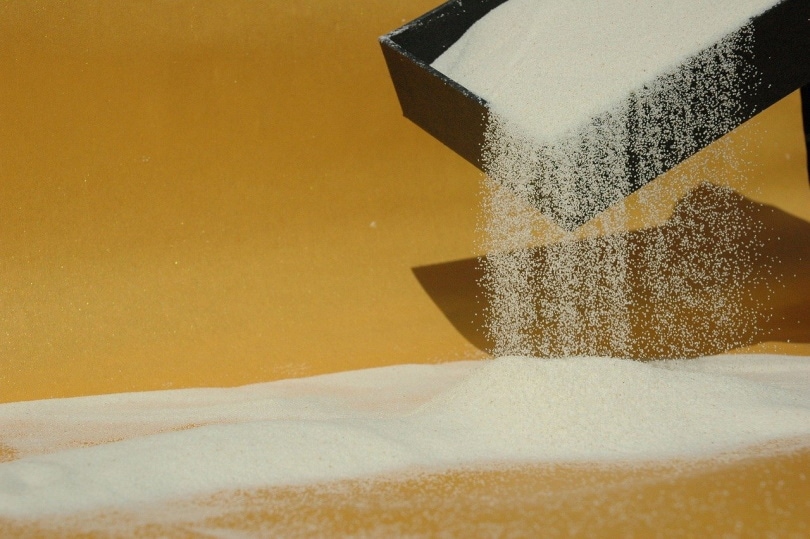
Wheat bran is a byproduct of the wheat milling process. It is often discarded or sold at a low cost. It is also a great source of dietary fiber. It has a sweet, nutty flavor, and can really bulk out food to fill your cat up without adding too many calories to their daily intake.
2. Cooked Carrots
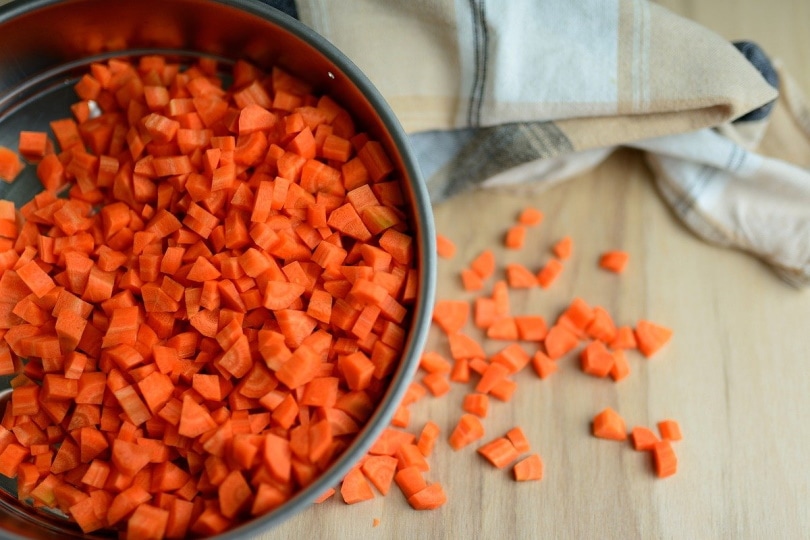
Carrots are a fiber source that also contains some vitamin C. They are low in calories and have only trace amounts of fat in the amount you will feed your cat. Although they are non-toxic when fed raw, pieces of carrot can pose a choking hazard, so they should be boiled, blanched, or steamed without any additional ingredients or additives, and cut or pureed before adding them to your cat’s meal.
3. Green Beans
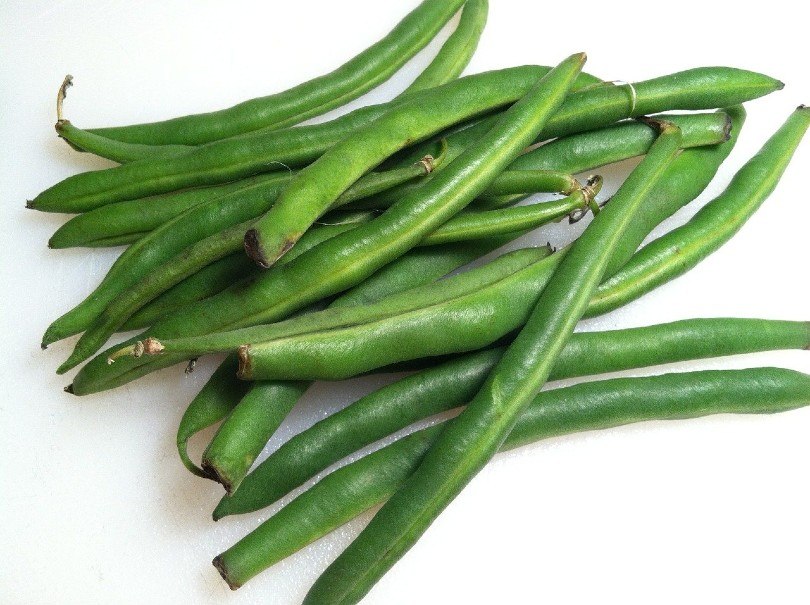
Low in carbohydrates, free from fat, and with even fewer calories by weight than carrots, green beans are a reasonable source of fiber, although they contain only half the amount compared to carrots.
4. Broccoli
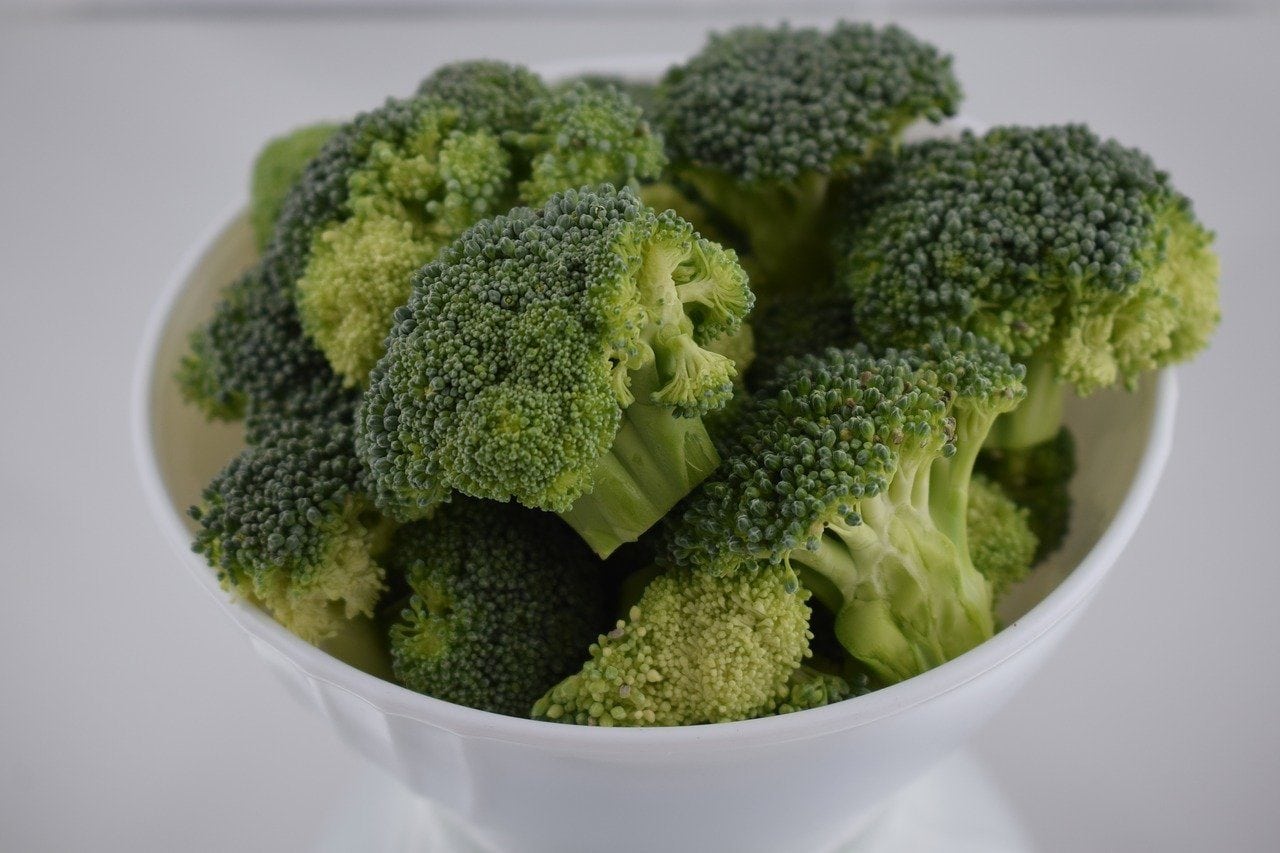
As well as being a good source of dietary fiber that is low in calories, broccoli is also packed with antioxidants. Antioxidants can help prevent signs of aging while fighting free radicals in your cat’s body, therefore improving their overall health and the performance of their immune system.
5. Spinach
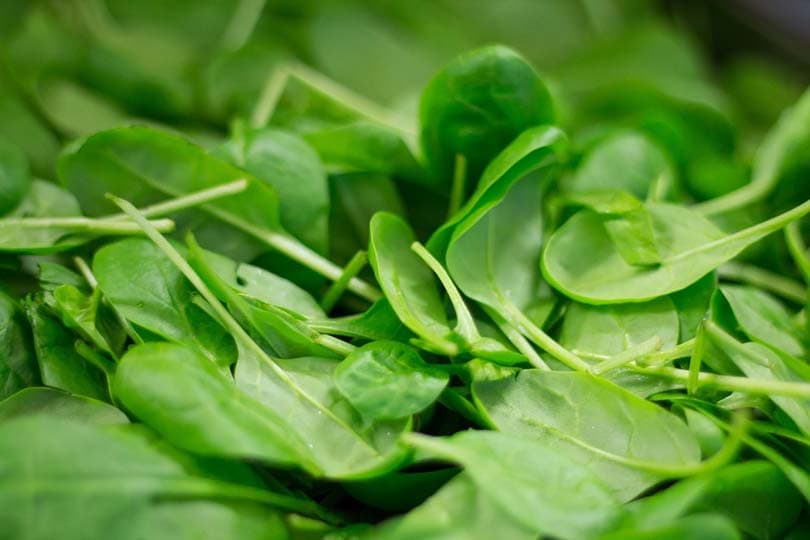
Spinach is another green vegetable that is high in iron as well as vitamins C and K. It is also very low in calories and because it is low in protein, it means that you don’t have to reduce the amount of meat protein that you give your feline friend.
6. Lettuce
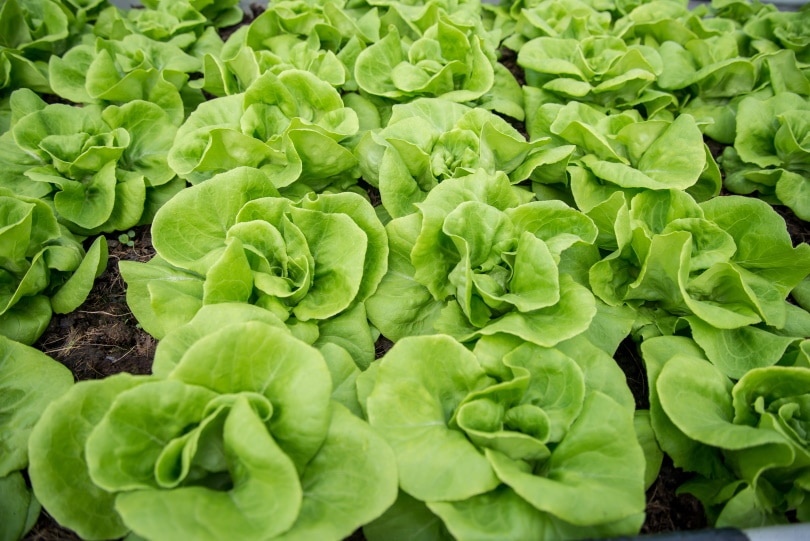
Not only is lettuce a good source of dietary fiber, but it is also high in moisture. It can be difficult to ensure that a cat stays hydrated because they don’t like drinking water straight from a bowl, so dietary moisture is beneficial. If your cat accepts eating lettuce, offer darker lettuce varieties and avoid iceberg lettuce.
- NO MESS - The 360° tray on this cat food and water bowl set has a raised design to catch and...
- WHISKER FRIENDLY - Shallow and wide metal containers with flat bottoms ensure your kitty can enjoy...
- CHEW-SAFE MATERIALS - Kittens and cats love chewing on silicone and soft rubber - but it's a choking...
High-quality cat food is an important part of fostering a long and healthy life for your cat but the right cat food and water dish will promote good posture, offer whisker relief, and aid in good digestion. The Hepper NomNom Cat Bowl is our favorite bowl since it offers all of the above and is beautifully crafted to meet modern home stylings. The wide tray design catches any food and water spills and the entire setup is dishwasher safe. Learn more about the Hepper NomNom Cat Bowl here.
At Pet Keen, we’ve admired Hepper for many years and decided to take a controlling ownership interest so that we could benefit from the outstanding designs of this cool cat company!
Great Sources of Fiber for Cats
Cats are obligate carnivores, which means that they should get all, or the vast majority, of their proteins and other nutritional needs from meat sources. However, there is no denying that their dietary and eating habits have changed since becoming domesticated animals. Even a meat-based diet excludes the fur and stomach contents of their prey, and while this would have only given them a small amount of fiber on a wild diet, some cats benefit from a higher-fiber diet. Specifically, cats that struggle to comfortably pass stools and those that need to lose weight, can do well on a high fiber diet.
See Also:
- Is It Cheaper to Make Your Own Cat Food? (Vet Answer)
- How Many Calories Does a Cat Need? How Much Should I Feed My Cat?
Featured Image Credit: Zhuravlev Andrey, Shutterstock








